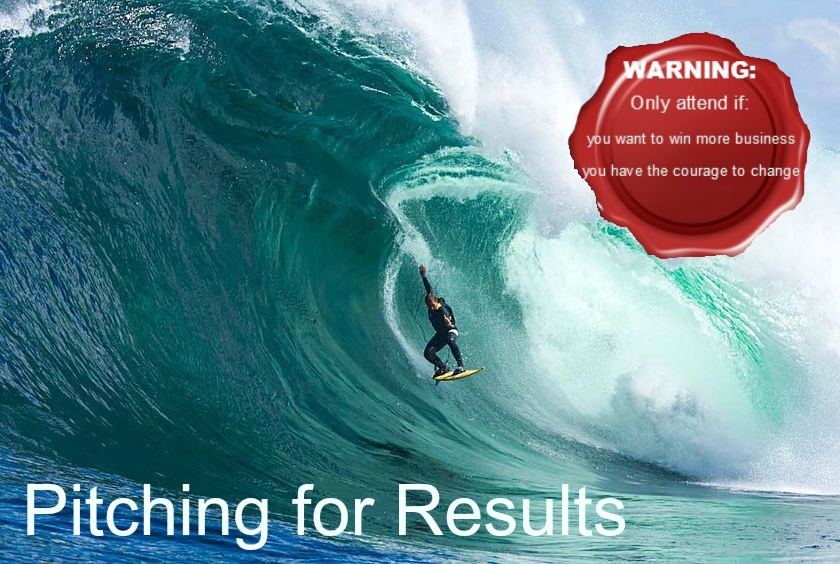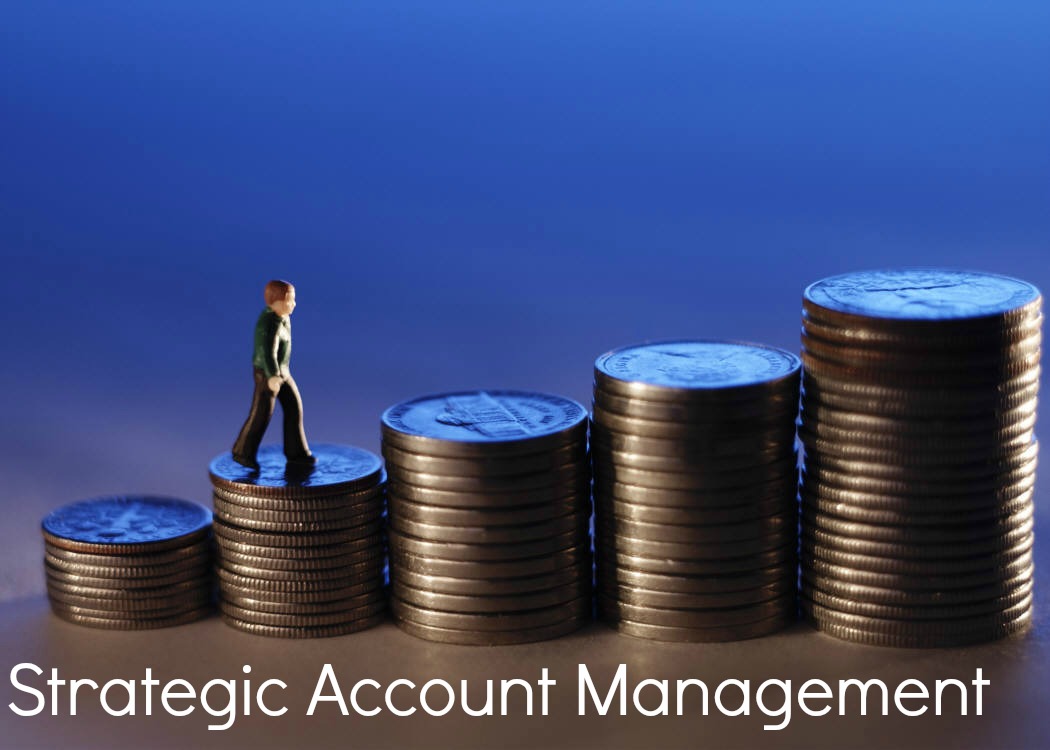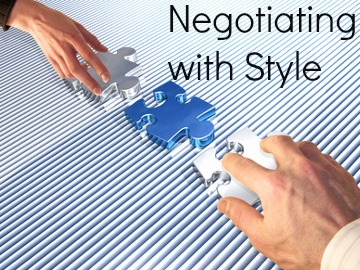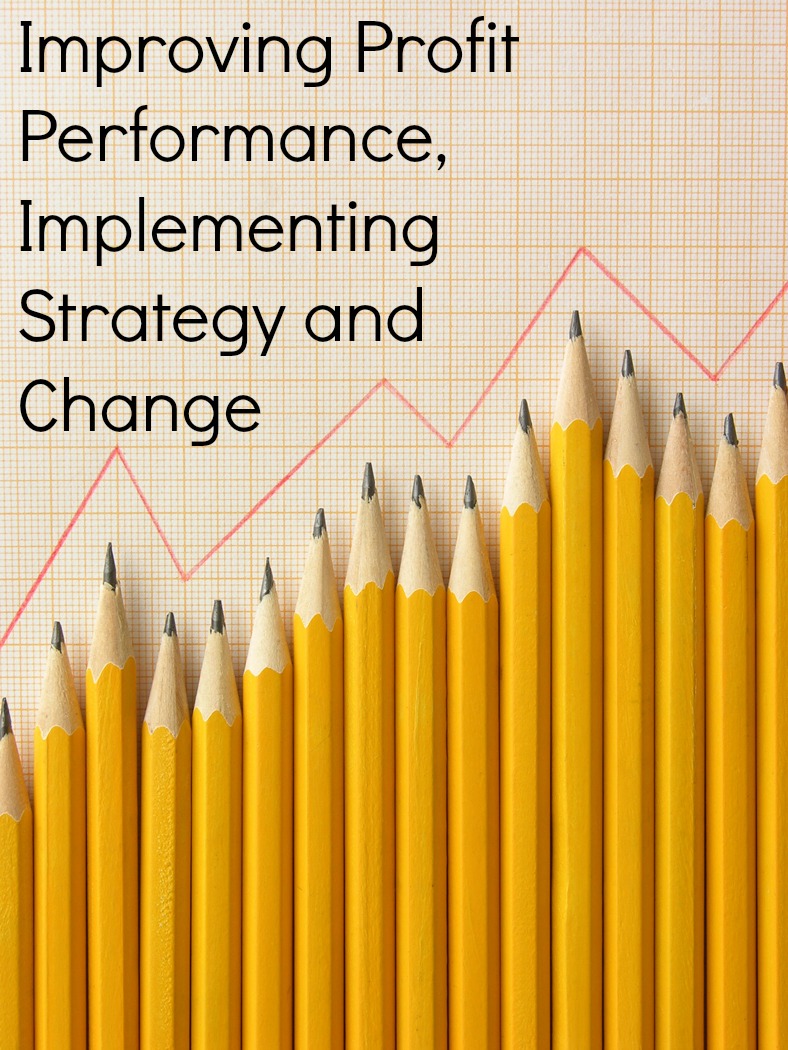Google
By Gary Peacock

" Faced with a choice between changing our mind and defending our position, most people get busy defending their position."
John K Galbraith
Senior managers often ask us to review critical presentations. These presentations may be critical because of who they are being presented to: directors, head office, best customers or important prospects. Or presentations may be critical because of what is being presented: winning the sales is budget-critical or convincing the audience is career-critical.
|
We use a one page process that guides our review to:
|
ensure you are clear about what you want
ensure you include only essential content
ensure you create a compelling case
|
Another tool we use is like the ECG used to check your heart. Let’s say you have 20 slides. Draw a horizontal line with the numbers 1 to 20, one for each slide. Then, draw a vertical line from 0 to 10, where 0 is neutral (or boring!) and 10 is exciting or emotional.
So how do we use it? Let’s look at typical slides, the most common is text and bullet points. On a scale of 0-10, how would you rate that? Well, I am sure like us you have seen thousands of these. There is only one score we can give: zero. Nobody in the audience ever said. “Please show me another slide of bullet points.”
Next many presentations contain numbers. If a slide includes a copy of a spreadsheet filled with tiny numbers and standard black lines around each number, how would you rate that? Just consider, 12 columns one for each month and say 24 rows for products. This gives 288 numbers, on one slide. How is your audience supposed to know which numbers are important? Even if you bold the total column, there is so much black on the screen that they give up. So, copies of spreadsheets of numbers in slides, score: zero.
At this point, some people will be just about to give themselves a score greater than zero because they use colour in their spreadsheets. They highlight columns with a colour. Or they show all shortfalls to target using a red font. If you have less than 100 numbers on your slide, give yourself a 3. It’s a little more exciting than the all-black spreadsheet.
Emotion: is the fast lane to the brain
Doug Stevenson
In some presentations we see, that’s all there is: bullet points and spreadsheets. So, how do we get some emotion or excitement? Well the first way is to add some pictures. Even those standard Microsoft images are better than slide after slide of bullet points. So, for every slide with a picture give yourself a rating of at least 5 out of 10.
So, how do we get some more emotion or excitement? If your pictures are of real customers or real employees, then rate your slide a little higher. To get higher ratings, how about some different pictures. For example when talking about competitors, how about a close-up picture of a boxer scowling at the camera. Or how about a picture of two boxers, sparring and glistening with sweat?
Or in a very competitive situation, how about a rock climber without ropes, clinging to a cliff with just fingers and toes. As long as the pictures fit the content, pictures like this will make the audience feel some emotion. Typically, a good picture will be rated between 7 and 10. This will give you a blip in your flatline, this will give your presentation a heartbeat.
The wisdom of the wise & the experience of the ages are perpetuated by:
quotations
Benjamin Disraeli
One little known method for adding some emotion is to add quotations. These are best to be quotations from famous people as they add credibility to your argument. Apt quotations can make audiences feel pain, feel uncomfortable or feel inspired. In short, apt quotations can make your audience feel something: emotion. If you have an apt quotation, give yourself a 7 or higher if it will make the audience feel something.
After discussing this tool with a senior manager in a large Property Services Company, she said “I just looked at a critical presentation we are giving on Friday and its flatlining.” Luckily she had two days to get a heartbeat or two into her flatlining presentation. Senior managers make sure your critical presentations are not flatlining.
For more information on how to give your presentations a heartbeat read this, http://www.gordianbusiness.com.au/pitching-for-results/ or contact gary@gordianbusiness.com.au or call us on +61 2 9450 1040. We would love to get your thoughts on this, so please leave your comments below and why not subscribe to our blog top right.
 Monday, May 26, 2014 at 11:41AM
Monday, May 26, 2014 at 11:41AM 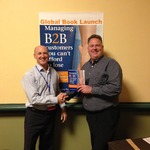 The Strategic Account management Association (SAMA) have published the case study in their latest ‘Velocity’ magazine released at the SAMA conference. Also at the SAMA conference was the global launch of the practical business-to-business book on Strategic Account Management by Peter Browne and Gary Peacock.
The Strategic Account management Association (SAMA) have published the case study in their latest ‘Velocity’ magazine released at the SAMA conference. Also at the SAMA conference was the global launch of the practical business-to-business book on Strategic Account Management by Peter Browne and Gary Peacock.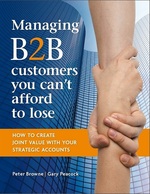 “In this book Gary and Peter provide some very practical and fresh ways of how to identify, build and grow relationships with individual and corporate customers. Critically important, for corporate customers, they explain why some relationships work and why some do not work. But they don’t stop there; they also offer simple tools and thinking models for how you can enable your team to plan how you can work with your key customers from a strategic perspective.”
“In this book Gary and Peter provide some very practical and fresh ways of how to identify, build and grow relationships with individual and corporate customers. Critically important, for corporate customers, they explain why some relationships work and why some do not work. But they don’t stop there; they also offer simple tools and thinking models for how you can enable your team to plan how you can work with your key customers from a strategic perspective.”
